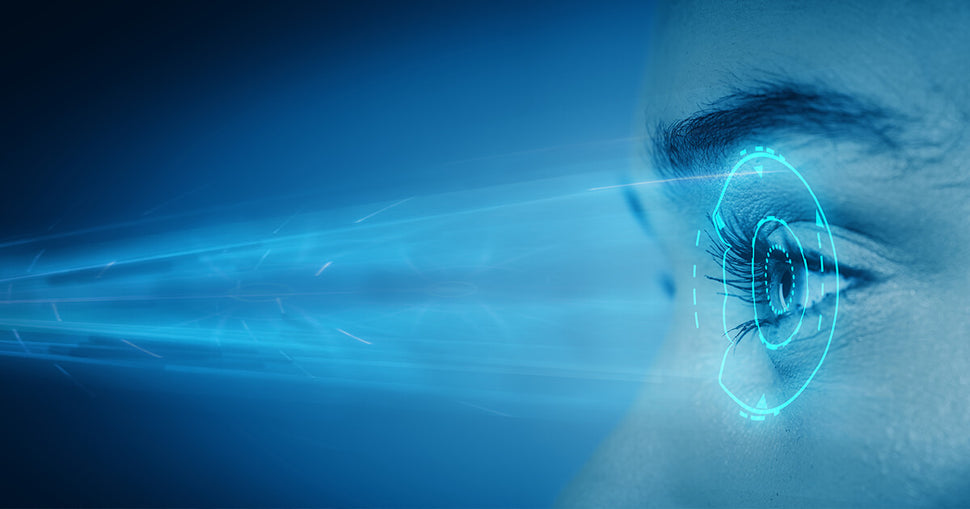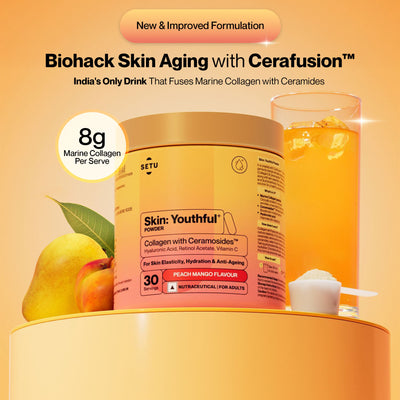Symptoms of Retinitis Pigmentosa
30 Jun 2019
Most of us take our eyes for granted. We don’t stop and wait to think about the repercussions our actions may have on our eyes. Now-a-days, most of our work happens on laptops, computers and mobile phones, demanding prolonged hours on these devices. Pain around the eyes and headache are thus very common complaints among such people.

Most of us take our eyes for granted. We don’t stop and wait to think about the repercussions our actions may have on our eyes. Nowadays, most of our work happens on laptops, computers, and mobile phones, demanding prolonged hours on these devices. Pain around the eyes and headache are thus very common complaints among such people.
Not all eye disorders are due to environmental, personal technology habits, and occupational hazards, some are inherited. One such is retinitis pigmentosa. It is a group of inherited eye disorders that cause progressive destruction of the retina (the part of the eye that forms the final image), eventually leading to partial or complete blindness. Categorized as a ‘rare disease’, it affects every 1 individual in 4000. In India, however, scientists found a higher prevalence of this condition with some groups claiming a rate of 1:1000 or less with a greater prevalence in rural India . The condition may be detected as early as 10 years or may surface anytime up to 40 years.
WHAT IS RETINITIS PIGMENTOSA?
Retinitis pigmentosa (RP) is an umbrella term for heritable eye disorders that affect the retina and cause its progressive destruction. This leads to a loss in night vision and peripheral vision, i.e. the ability to see on the sides. Central vision is, however, retained until the later stages of the condition.
WHAT ARE THE SIGNS AND SYMPTOMS OF RP?
 RP usually begins in childhood, when both the eyes are affected. A quick adjustment from bright to dim or dark lighting seems difficult. This is typically followed by consciously becoming aware of gradual peripheral vision loss, leading to ‘tunnel vision.’ Such a vision requires turning of the head to gain a clear sight of the surroundings. Later stages of the disease cause difficulty in seeing colors. Sometimes, the person may complain of discomfort caused due to bright light or complain of seeing ‘flashes of light.’
RP usually begins in childhood, when both the eyes are affected. A quick adjustment from bright to dim or dark lighting seems difficult. This is typically followed by consciously becoming aware of gradual peripheral vision loss, leading to ‘tunnel vision.’ Such a vision requires turning of the head to gain a clear sight of the surroundings. Later stages of the disease cause difficulty in seeing colors. Sometimes, the person may complain of discomfort caused due to bright light or complain of seeing ‘flashes of light.’
The signs may be observed as early as 10 years or can emerge any time up to 40 years of age. The progression of the condition and the severity of the symptoms vary from person to person.
WHAT ARE THE CAUSES? WHO CAN GET RP?
Since it is a heritable disorder, most cases are due to inherited genes that harbor the unwanted changes (mutations). More than 60 genes have been implicated in the transmission and development of RP. The genes can be inherited from either or both parents. Whether the disease will develop or not depends on the trait of the inherited gene. Sometimes a single gene can be enough or two copies of the mutated genes may be required for RP to develop. In still other cases, a mother who has the faulty gene can pass it down to her child (a boy), but the father has no role to play in this passage.
RP can surface in people with either one or two of these inherited mutated genes or due to a spontaneous mutation in a previously normal gene.
WHAT ARE THE DIAGNOSTICS AND TREATMENT OPTIONS?
The ophthalmologist carries out a range of tests to examine the retina and its responses to flashes of light, to observe for dark spots on the retina and will also carry out a visual field test. A genetic test may also be carried out to determine the type of RP developed. Family members of the patient will also be advised to go in for eye screening tests.
Sadly, there is no permanent cure for RP. However, treatments can delay loss of vision and can at times restore sight to some extent. Treatments include the administration of certain medications to reduce the swelling, along with Vitamin A to delay RP. Supplements that enhance visual acuity and help in maintaining eye health also help. Lutein and zeaxanthin in Setu’s Eye Max, for instance, are powerful carotenoids that have been shown to prevent or slow down visual deterioration.
Measures like the use of sunglasses, using low vision devices that enlarge or illumine important day-to-day articles and objects at home, and at work can be of great assistance. Most importantly, early mediation and diagnosis can postpone RP. This, along with regular eye exams and personal measures can allow the individual to lead life independently.
Skin: Renew - Glutathione - Orange Flavour
- ₹1,996
- ₹1,996
-
₹2,600 - ( 23% OFF)
Categories
- Choosing a selection results in a full page refresh.
- Press the space key then arrow keys to make a selection.
this is the sidecart











